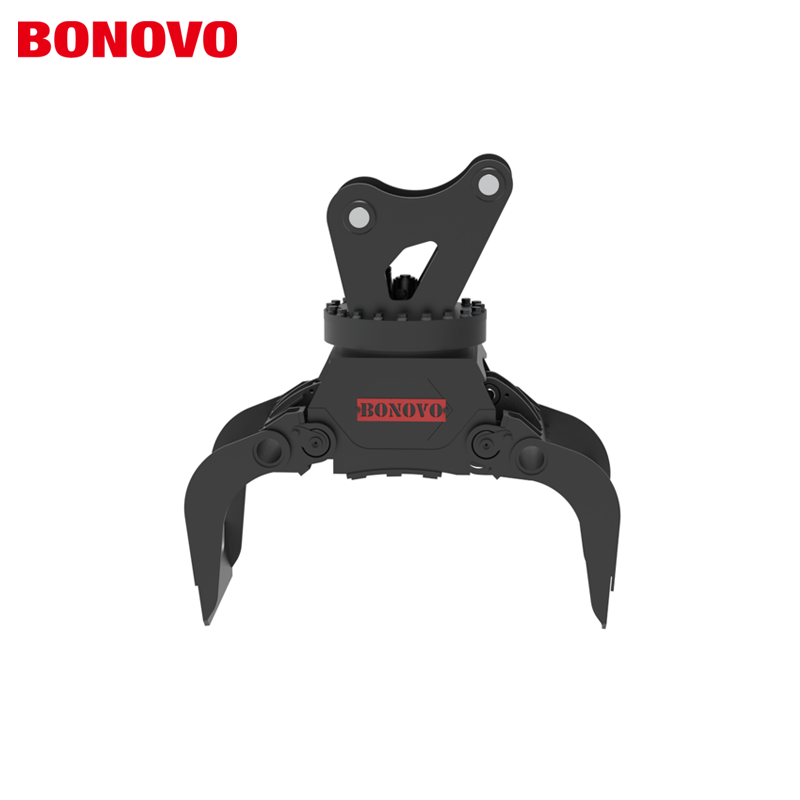In modern industrial production, hydraulic clamps have become an important tool for many manufacturing companies to improve production efficiency and processing accuracy with their unique advantages. However, facing the dazzling array of hydraulic clamp products on the market, how to make the right choice has become a key issue facing companies. Next, we will discuss in detail the key considerations for selecting hydraulic clamps and provide you with a practical selection guide.
Hydraulic clamp accuracy: the core of ensuring processing quality
Hydraulic clamp accuracy is one of the important indicators to measure its performance. In the field of precision machining, such as aerospace parts manufacturing, electronic component processing, etc., the processing accuracy of the workpiece is extremely high. High-precision hydraulic clamps can ensure accurate positioning and firm clamping of the workpiece during the processing process, thereby effectively reducing processing errors. For example, when processing aircraft engine blades, the accuracy of the hydraulic clamp directly affects the surface accuracy and dimensional tolerance of the blades, which in turn determines the performance of the engine. Generally speaking, the positioning accuracy of high-precision hydraulic clamps can reach ±0.005mm or even higher, which can meet the processing needs of complex precision parts. When choosing a hydraulic clamp, be sure to choose a product that can provide corresponding accuracy guarantees based on your own processing accuracy requirements.
Hydraulic fixture stability: the key to ensuring production continuity
Hydraulic fixture stability is related to the continuity and reliability of the entire production process. Stable fixtures can keep the position of the workpiece unchanged when subjected to external forces such as cutting force and vibration force during processing, avoiding loosening and displacement. This is especially important for long-term and large-scale production operations. Taking the automotive parts production line as an example, the stability of hydraulic fixtures directly affects the consistency and production efficiency of parts. A hydraulic fixture with good stability uses high-quality materials and advanced manufacturing processes. Its clamping mechanism has been carefully designed and optimized to maintain stable performance during high-frequency use. During the selection process, attention should be paid to the structural design, material quality and manufacturing accuracy of key components of the fixture to ensure its excellent stability.
Applicable scenarios of hydraulic fixtures: the basis for matching production needs
Different production scenarios have different requirements for hydraulic fixtures. When selecting a hydraulic fixture, its applicable scenarios must be fully considered. For example, in single-piece small-batch production, the fixture needs to have high versatility and flexibility, and can be quickly adjusted to meet the processing requirements of different workpieces; while in mass production, more attention is paid to the efficiency and automation of the fixture. For some special processing technologies, such as deep hole processing and thin-walled parts processing, specially designed hydraulic fixtures are required to meet specific processing requirements. In the machinery manufacturing industry, for different types of machine tools, such as lathes, milling machines, machining centers, etc., it is also necessary to select hydraulic fixtures that are compatible with them. Therefore, clarifying the applicable scenarios of hydraulic fixtures is an important prerequisite for selection. Only by selecting suitable fixtures can its advantages be fully utilized and production efficiency be improved.
Hydraulic fixture cost: a comprehensive consideration of input-output factors
The cost of hydraulic fixtures is a factor that cannot be ignored by enterprises in the selection process. The cost not only includes the purchase price of the fixture, but also covers the operating cost, maintenance cost and downtime loss caused by fixture failure during use. In the procurement stage, price cannot be used as the only criterion, but the performance, quality and service life of the fixture should be comprehensively considered. A hydraulic clamp with a higher price but excellent performance, good stability and long service life may save more costs for the company in the long run. For example, some high-end hydraulic clamps use advanced energy-saving technology to reduce energy consumption and thus reduce operating costs. At the same time, when selecting suppliers, sufficient market research and comparison should be conducted to strive for reasonable purchase prices and good after-sales service. Therefore, when considering the cost of hydraulic clamps, a comprehensive evaluation should be conducted from the perspective of the entire life cycle.
Difficulty of hydraulic clamp maintenance: an important aspect affecting long-term use
The difficulty of hydraulic clamp maintenance is directly related to its long-term reliability and stability. Simple and easy-to-maintain clamps can reduce downtime, reduce maintenance costs and improve production efficiency. When selecting, pay attention to whether the structural design of the clamp is easy to maintain, whether the key components are easy to replace, and whether there are complete maintenance guidelines. For example, some hydraulic clamps adopt a modular design. When a component fails, only the corresponding module needs to be replaced, which greatly shortens the maintenance time. At the same time, choosing a hydraulic clamp from a well-known brand usually provides better technical support and after-sales service, and can be solved in time when problems are encountered. In addition, understanding the difficulty of hydraulic clamp maintenance also includes the training requirements for operators. Clamps that are simple to operate and easy to use can reduce the training costs and operating error rates of operators.
Selecting hydraulic clamps requires comprehensive consideration of multiple key factors such as hydraulic clamp accuracy, hydraulic clamp stability, hydraulic clamp application scenarios, hydraulic clamp costs, and hydraulic clamp maintenance difficulty. Only through in-depth analysis and weighing of these factors, combined with the company's own production needs and actual conditions, can the most suitable hydraulic clamps be selected to provide strong support for the company's efficient production and sustainable development.

